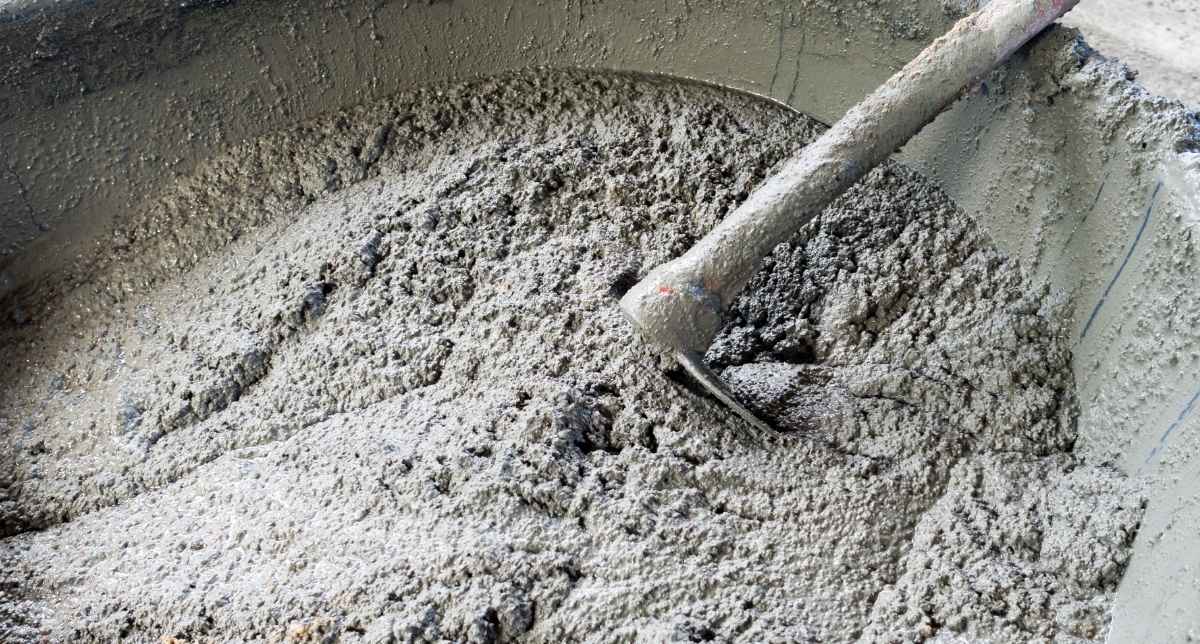
- Wed, 27 Oct 2021
- Maya Construction 1 Inc.
Plaster vs Concrete: Essential Uses and Features
Do you know that there are peculiar uses for plaster vs. concrete? Plaster and concrete are two of the most popular building materials; their uses include constructing public infrastructure, walls, ceilings, decorating, coating and worktops.
In common usage, most people cannot differentiate between plaster and concrete, but they are not the same. There are some distinctions between plaster vs. concrete.
Comparison Plaster vs Concrete

What is Plaster?
Plaster is a construction material; people use it for the protective or decorative coating of walls and ceilings, as well as for the shaping and molding of decorative elements.
Plastering has been around for many hundreds of years and is a familiar material to many people. Cement plaster and gypsum plaster are the most known types; they are mixtures of gypsum or cement, with sand, and water.
Common uses of plaster
The common use of plaster is to protect walls from the elements that can damage them, as well as create intricate patterns and decorations on the inside of masonry and granite slabs.
Repairing the lining around windows and doors, walls, and ceilings are other purposes of plaster. The uses of plaster are varied but there are several benefits of plaster to take into consideration when deciding to use it as a building material.
An important mention is that plaster is the common term that professionals use to describe the material for coating interior walls or designs. There is another term (render) that they use to refer to the material for exterior coating.
What is Concrete?
Concrete is a mix of water, aggregate, and Portland cement, which serves as a binding agent.
Common uses of Concrete
Architectural structures, and also covering exterior walls are some of the uses of concrete, and the last one is the point to compare both materials.
Concrete has features that other materials don’t have. These features make concrete strong and reliable when it comes to strength-to-weight ratios and durability.
Plaster vs Concrete
The comparison is based on their characteristics:
Durability
Concrete strengthens with time. Concrete is long-lasting because it resists weathering, erosion, and requires minimal repairs and little upkeep. That lowers the overall cost of ownership and the environmental effect of more regular restoration or reconstruction.
Concrete is reliable
One of the features of concrete that makes it so reliable is that concrete can be formed into strong materials without the use of force.
This is because the features of concrete allow it to bond tightly to other materials without breaking or shrinking. Since concrete is such a valuable feature of construction materials, this helps to ensure buildings will be sturdier and more durable.
Concrete strength-to-weight ratio
Another feature of concrete that makes it desirable is its strength-to-weight ratio. This measure, which gauges the amount of weight a concrete structure can withstand without breaking down.
And concrete has some unique properties when it comes to strength. For instance, concrete is one of the only forms of material that is not chemically reactant.
On the other hand, plaster has been surviving for centuries, making it considerably more durable than other building materials. Many older homes still retain their original plaster in excellent shape, requiring no additional care. Its drawback is that water and fire can readily damage it, even though it dries to a rigid surface difficult to destroy.
It’s crucial to mention that plaster doesn’t handle a lot of weight
The biggest weakness of plaster as a building material is that it cannot handle a lot of weight. This leads to a problem with areas where the wall surface will experience a lot of movement, such as those where people will be walking across it.
If you have a plaster that has been left to dry without being primed or coated, you may find that it becomes grooved and can pick up other marks from other pieces of plaster on the wall.
Plaster can develop minor stress fractures over time, but this is usually due to poor installation, which can be avoided by having the plaster installed by a professional in the first place.
Versatility
The flexibility of newly mixed concrete allows designers to mold it into any form, shape, surface, and texture they envision with a smooth finish.
Concrete retains its shape
Another of the benefits of concrete is that it can retain its shape when it is under pressure. It is the unique physical characteristics of concrete that allow it to be curved and to resist being broken down into smaller, lighter pieces.
Plaster is ideal for remodels because it can replicate the texture and look of other materials. It is ideal for achieving the correct finish on anything from fireplaces to decorative vents, ceiling tiles, interior walls, and archways.
It provides for a tailored appearance for any interior surfaces and exterior surfaces; making it suitable for luxury venues such as restaurants, stores, and even residences.
Plaster High Flexibility
One of the most obvious qualities of plaster is its high level of flexibility.
When the plaster is applied to a wall surface, it is rolled on and left to dry; a process that takes about half an hour depending on the size of the surface being treated.
Once dry, the applied plaster is allowed to harden, through a process of heating or hardening at low temperatures, which hardens the plaster to a smooth, glossy surface.
The thickness of the plaster layer is dependent on the application technique used as well as the nature of the wall to be treated.
Cost-effectiveness Plaster vs Concrete
Concrete buildings decrease running expenses associated with operational energy consumption, maintenance, and crisis reconstruction.
Plastering the walls demands the hiring of experts who specialize in plastering work. These specialist employees charge extra for their services since they have a certification in the technique of plaster application. In most situations, you will need to remove a substantial amount of the plaster from the wall to work on repairs.

Which Material it’s Better for You? Plaster vs. Concrete
Remember that each type of building material has its distinctive properties, uses, and features. Now you know the characteristics of both. It’s essential that you know your remodeling project and its necessities; In that way, you can make the right decision.
Any other way, contact a professional that helps you to understand the specific needs of your plan. Contact us for more information and discover all the services that we have, including plastering.
